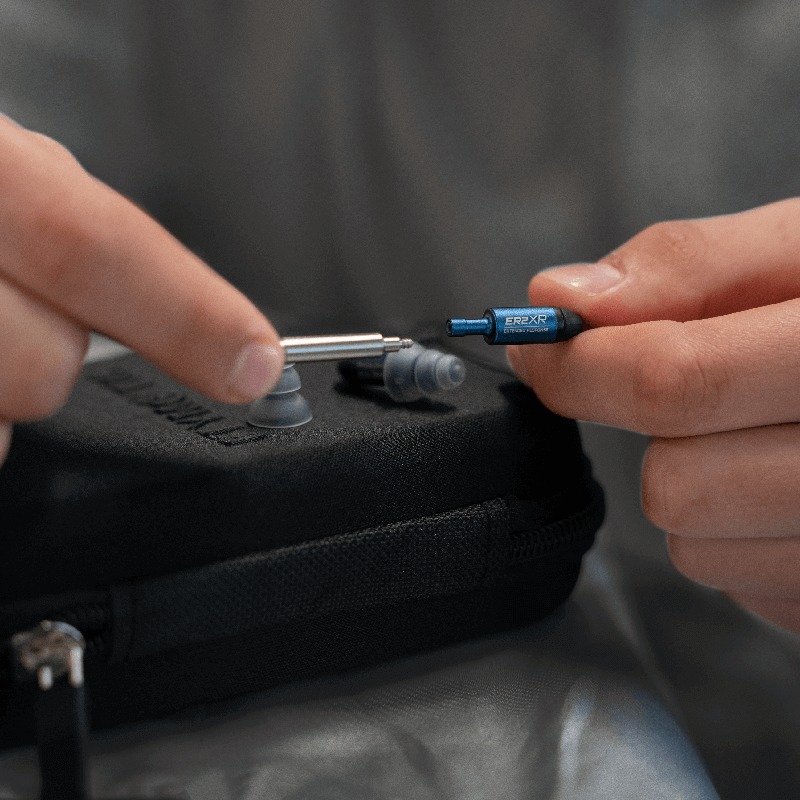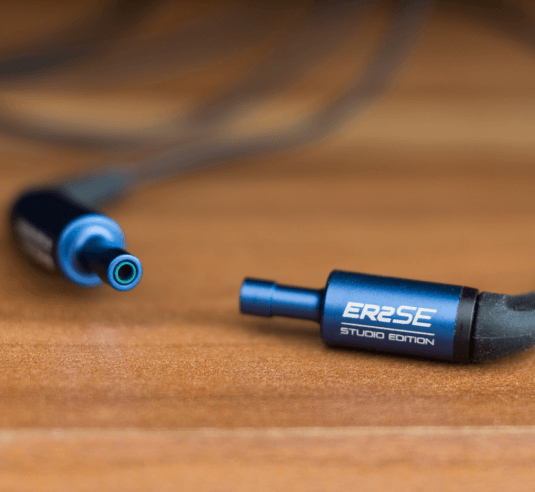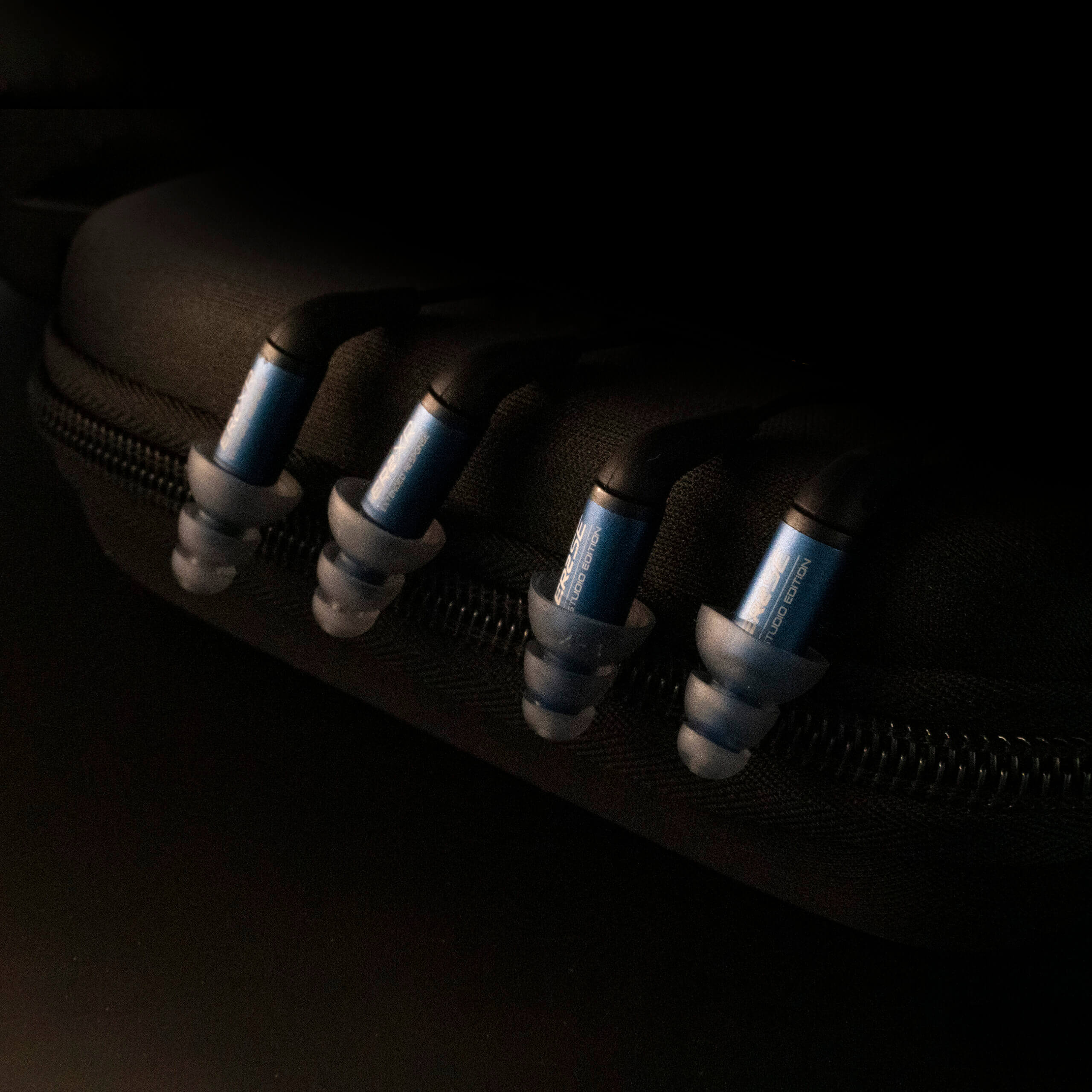Sound Sensitivity: Protecting Your Ears

Sound Sensitivity: Protecting Your Ears
Dr. Amy Sarow
As an experienced audiologist, my journey has primarily involved working closely with patients suffering from hearing loss and tinnitus. However, an area that often emerges in our discussions is sound sensitivity, a concern that cannot be ignored. It’s an issue that often goes unacknowledged or is misunderstood, yet those who experience it will tell you the significant impact it has on their daily life. My experience has allowed me to see firsthand the myriad of ways in which hearing health connects to our overall well-being and the importance of being mindful of sound sensitivity. Fortunately, there are helpful strategies and technology that can help make life easier with sound sensitivity. Together, let’s delve into understanding this issue better, giving it the attention it rightly deserves, and discussing strategies that can help.
What is sound sensitivity?
Sound sensitivity refers to a phenomenon where individuals have a heightened, often uncomfortable, response to sounds that most people can tolerate or ignore. A specific form of sound sensitivity is misophonia, where sounds—like the clanging of dishes or the constant clicking of a pen—cause distress, regardless of their volume. This discomfort can persist even when these sounds are not particularly loud or harsh.
On the other hand, some individuals experience discomfort from any sound at or above a certain volume threshold, sometimes as low as that of a typical conversation. These reactions to sound can vary greatly, from mild annoyance or discomfort to feelings of disgust, and in severe cases, can even manifest as physical pain. Understanding the intricacies of sound sensitivity is crucial as its impact extends beyond the auditory realm, influencing individuals’ emotional well-being and daily functioning.
Causes of Sound Sensitivity
There are numerous reasons why an individual may exhibit sound sensitivity. This condition can often be more prevalent among neurodivergent individuals. For instance, people diagnosed with Autism Spectrum Disorder or Attention Deficit Hyperactivity Disorder might have a heightened response to certain auditory stimuli. This sensitivity can manifest as a mild discomfort or an intense, overwhelming reaction to a specific sound.
While there is an increasing understanding of sound sensitivity and its implications, it is crucial to recognize that research in this field continually evolves. Our understanding of the causes, symptoms, and potential treatments is still in the early stages. The underlying neurophysiological mechanisms that result in sound sensitivity are yet to be fully comprehended. It also needs to be clarified why some individuals develop this sensitivity while others do not or why the degree of sensitivity varies so widely amongst individuals. Moreover, while we know some connections with neurodivergent conditions, the full spectrum of associations between sound sensitivity and other cognitive or neurological conditions is still being explored. This ongoing research underscores the importance of continued investigation, open dialogue, and patient education in the journey towards better understanding and managing sound sensitivity.
Just as there exists a spectrum of reactions to sound, the degree of sensitivity to sound also varies widely. Some individuals might be sensitive to a specific set of sounds, while others may find a broader range of auditory stimuli troubling. This complexity makes the understanding and management of sound sensitivity a unique challenge. It requires a tailored approach, considering the individual’s unique auditory landscape and their specific triggers.
Why do people typically wear hearing protection?
Typically, individuals seek out hearing protection primarily to safeguard their ears from noise-induced hearing loss (NIHL). This condition generally arises due to prolonged exposure to high-decibel environments, either occupational or recreational. Occupational noise exposure can occur in vocations such as construction, factory work, or music industry jobs where loud sound exposure is recurrent. Similarly, recreational noise exposure can stem from attending concerts, motor racing, or even power tools. Over time, these loud noises can damage the tiny hair cells within the ear that help transmit sound, leading to hearing impairment or, in severe cases, complete hearing loss. Hence, wearing appropriate hearing protection can be a crucial preventative measure for those regularly exposed to such environments.
Benefits and Goals of Hearing Protection for Sound Sensitivity
In the case of sound sensitivity, the use of hearing protection takes on a somewhat different purpose. Rather than solely preventing noise-induced hearing loss, the objective shifts to managing discomfort and minimizing exposure to distressing sounds. For individuals with sound sensitivity, hearing protection can serve as a valuable tool to navigate environments that would otherwise be overwhelming or even unbearable.
Specifically designed earplugs can help filter out specific sound frequencies, reducing the overall volume or blocking certain trigger sounds. This selective attenuation can significantly enhance the individual’s comfort, making everyday situations more manageable. It’s important to remember, however, that these are not one-size-fits-all solutions. What works well for one individual may not be as effective for another, given the variability in sound sensitivities.
Personalized hearing protection, tailored to the individual’s specific discomforts, can provide the most beneficial results. In some cases, undergoing audiological testing can help identify specific problem frequencies or volume levels, which can then be specifically addressed in the design of custom hearing protection.
In addition, hearing protection should also be part of broader strategies to deal with sound sensitivity. These include cognitive-behavioral therapies, mindfulness techniques, and even certain medications, depending on the severity and impact of the sensitivity. Overuse of hearing protection in the absence of additional strategies can increase sound sensitivity, exacerbating the problem. The ultimate goal is to improve the quality of life for those dealing with sound sensitivity, allowing them to participate fully in their daily routines and engage with their environment with more ease and less stress.
How does hearing protection help with sound sensitivity?
Hearing protection serves as an effective tool in managing sound sensitivity, helping to control and reduce the impact of overwhelming sounds in an individual’s environment. For those with sound sensitivity, day-to-day activities can be significantly disrupted by noises that others might find trivial or easy to ignore. This can range from the challenge of concentrating in a noisy workplace to dealing with agitation or distress caused by intrusive sounds in daily life.
Hearing protection works by reducing the overall volume of environmental noise. They can be particularly beneficial when the individual has no control over the noise source. By minimizing the intrusiveness of these sounds, the individual can experience a more comfortable and less disturbed day-to-day existence. It is important to note that while hearing protection devices don’t eliminate the sensitivity itself, they can offer a significant improvement in managing the symptoms, thereby enhancing the quality of life for those with sound sensitivity.
What to Look for in Hearing Protection
When selecting hearing protection for sound sensitivity, there are several factors to consider. One of the most crucial factors is comfort. If you’re wearing hearing protection for prolonged periods, it’s important they fit well and do not cause discomfort. This includes being lightweight, having a snug fit, and using materials that won’t irritate your skin.
Functionality is another significant aspect. The hearing protection should enable you to carry out your regular tasks unimpeded. Look for devices that allow you to hear necessary sounds, like alarms or essential conversations while providing adequate sound reduction.
Additionally, hearing protection should have the lowest noise reduction rating (NRR) that provides adequate relief. NRR is a measure of how much the device reduces the surrounding noise level. A higher NRR means better noise reduction.
Lastly, consider the fidelity of the sound. High-fidelity hearing protectors reduce noise evenly across all frequencies, ensuring that while the overall volume is lower, the sound quality remains unaltered. This is particularly important for individuals who still want to enjoy music or conversations while wearing hearing protection.
In summary, the ideal hearing protection device for sound sensitivity should be comfortable and functional, offer high-fidelity sound, and provide the minimum reduction in environmental noise that provides adequate relief.
Conclusion
In closing, we recognize that sound sensitivity is a complex and multifaceted issue that deeply affects the lives of those experiencing it. This article aimed to raise awareness and offer a deeper understanding of sound sensitivity, from defining the condition, exploring its impact, and discussing the role hearing protection plays in managing it. We understand the struggles of living with sound sensitivity and hope this article has shed light on practical solutions and strategies. Remember, selecting the right hearing protection involves considering comfort, functionality, noise reduction rating, and sound fidelity. It’s not about eliminating all noise but creating a soundscape where you can live, work, and thrive. No one should have to suffer in silence, and with the right tools and information, managing sound sensitivity becomes a more feasible task.
Dr. Amy Sarow is a practicing clinical audiologist and serves as Audiology Lead for Soundly. Her expertise and experience span topics including tinnitus, cochlear implants, hearing aid technology, and hearing testing. She holds a doctoral degree in audiology from the University of Iowa. During her residency at Mayo Clinic, Dr. Sarow was inspired by the three-tiered, patient-centered approach, incorporating clinical work, teaching and research.










